20+ Years Experience
Specialist Shop Fronts

Are you unsure what type of windows to get for your shopfront?
Let us draw your attention to the concept of thermal break windows and all the advantages they bring.
We’ll explain what thermal break windows are and why they might be the best choice for your new windows.
From energy efficiency to condensation control and continuous insulation, you’ll see why thermally-broken windows are worth considering.
Thermal break windows are windows that use materials which have high thermal resistance, such as foam or fiberglass, in order to reduce the transmission of heat.
This allows for more energy efficient buildings and can help keep shops cool during hot weather.
Our shop front installers can offer expert help and support throughout the installation process. Please do not hesitate to contact us for more information.
A thermal barrier, or thermal break, is a material inserted into window frames and window sashes that prevents heat from transferring through the frame and into the surrounding air.
These kinds of windows not only keep your shop comfortable by controlling how heat transfers from within, but they also add to the overall energy efficiency of your shop.
They are created with two separate components: an inner and an outer frame. The outer frame is made of either aluminium or PVC while the inner frame is constructed using a thermally insulated material. This construction process creates an effective barrier between internal and external temperatures, blocking out drafts and providing peak energy efficiency ratings.
Thermal break windows are becoming increasingly popular in the building industry due to their ability to be energy efficient.
Investing in these types of windows can provide long-term savings while adding value to your property through improved insulation and comfort levels.
The core of a thermal break window consists of two separate panes of glass that are separated by an insulating material known as a thermal barrier.
This barrier acts as a spacer and helps minimise the conduction and convection of heat between the two glass panes.
To achieve even greater temperature resistance, the air gap can also be filled with insulating gas like argon or krypton. In addition, each pane is individually insulated and sealed for extra protection against air infiltration.
These components work together to create an energy-efficient window system.
Depending on the materials used for the spacer bar and insulating fillings, these windows can offer high levels of thermal insulation which can reduce energy bills and decrease carbon emissions significantly compared to standard single pane windows.
This may lead some to argue that investing in thermal break windows is worth the financial cost, as they not only help save money directly but also improve indoor air quality.
However, others may point out that there can be factors such as local weather conditions or building construction which can affect the performance of thermal break windows, making their effectiveness more limited.
They could also argue that, since thermally broken systems require more sophisticated engineering, they may come with higher price tags compared to other types of windows with similar insulation capabilities.
Thermal break windows offer excellent energy efficiency in comparison to normal single pane windows.
This significantly reduces heat transfer, which means users benefit from greater comfort inside while also enjoying lower energy bills in the long run.
Thermal Break Windows have many benefits, which we will discuss below.
The major advantage of installing thermal break windows is to reduce energy costs for shop owners and shop owners over time by reducing the amount of heat lost in cold weather months.
Supporters often point to data showing that insulated frames can reduce energy loss by as much as 30-50%, leading to significant savings on monthly heating bills.
The “break” created by the thermal separator between the interior and exterior components of the window significantly reduces the rate at which heat transfers, allowing it to be more insulated.
This can result in considerable savings in energy costs due to decreased usage of air conditioning and heating systems.
The improved energy-efficiency of thermal break windows is undeniable. With the presence of specially-created breaks, less heat is transferred across its frames. In this way, it reduces indoor air conditioner use during summer, and significantly cuts down on bills.
What’s more, in cold climates, these windows lessens the amount of warm air escaping – meaning there is no need to excessively use heating systems in order to keep the room warm.
The durable material employed makes these windows naturally stronger than classic, non-thermal ones.
At the same time, not all thermal break windows offer top-notch insulation performance. Because the availability of quality thermal breaks largely varies from manufacturer to manufacturer – from being made of highly conductive material like aluminium to low-conductivity polyamide – the performance also differs between manufacturers too.
Selecting a professional maker with high-grade thermal breaks help ensure maximum insulation capabilities and cost savings over time.
These energy efficient windows are sure to guarantee significant savings thanks to lower power bills and environmental gains at the same time – now let us explore even further by examining the many types of thermal break framework available in greater detail.
Thermal Break Windows help to reduce noise pollution, since there is a “dead zone” between the inside and outside of the window that helps to block out external noise.
This combination of soundproofing and temperature insulation helps to create a comfortable atmosphere within a shop or building while granting owners peace of mind knowing their windows are secure and durable enough to endure much more than just time. Find our more about the importance of security by contacting our team.
This makes Thermal Break Windows an effective preventative measure when designing structures for long-term durability as well as being an attractive upgrade for existing buildings.
It’s clear that Thermal Break Windows offer multiple benefits that make them a worthwhile investment for many individuals.
By providing enhanced insulation both from heat transference and sound pollution, they improve energy efficiency while increasing the overall comfort level in shops or buildings. With this increase in efficiency comes an overall sense of satisfaction that is only further complemented by its ability to provide long lasting protection.
These advantages make Thermal Break Windows ideal for any situation where top-notch quality and performance are expected.
Having considered the various features offered by Thermal Break Windows, the next section will explore how this translates into improved energy efficiency.
When discussing thermal break windows, there are several types of window designs, each with its own advantages and disadvantages.
Fixed and awning windows are usually the most cost-effective in terms of energy efficiency, whereas casement and sliding windows tend to be the most popular when it comes to aesthetics.
No matter which type you ultimately decide on, when buying new windows it is important to keep in mind that the quality of your installation tray and the skill level of your installer can have a significant impact on overall energy performance.
With this in mind, it pays off to do your research and invest time in selecting high-quality materials and reliable professionals for a job well done.
When considering thermal break window designs for your shop or office space, bear in mind that there are numerous options available for you to choose from depending on personal preferences as well as budget constraints.
Single-hung windows are composed of a fixed rectangular frame with one movable sash that slides up and down to allow ventilation into the shop.
They are generally available at a cheaper cost when compared to double-hung windows. However double-hung windows tend to have further advantages.
Double-hung windows feature two vertically stacked sashes, both of which can be slid up and down depending on the shop owners preference.
Though single-hung windows tend to offer lower prices due to their simpler design, double-hung weigh more and may cost more to install due to the extra labour required.
However, when it comes to energy efficiency, double-hung options have an advantage since both sashes can be opened during warmer days instead of just one as is possible with single-hung models.
This allows more air circulation in and out of the building while helping maintain comfortable temperatures indoors.
Thermal break windows can help contribute to improving the overall energy efficiency of any given building. In addition to preventing heat gain or loss through conduction, they can include features such as Low E coatings and other materials that further enhance their ability to regulate the temperature within the living space.
With better understanding of the many benefits thermally broken windows offer, shop owners may consider replacing older window styles in order to enjoy all the possibilities a thermal break window affords. For those ready to take on this project, the next step is learning about installing these replacement windows properly.
Both types of thermal break windows are often designed to open at least 90 degrees outward, allowing for increased ventilation during warmer months.
If you need more information on the types of shop fronts for your thermal windows, click here.
Installing Thermal Break windows is a task that can generally be done by a professional window installer. It will involve removing the existing windows and replacing them with sealed thermal break frames.
Depending on the size of the new windows, the installation can take anywhere from two to four hours.
The advantage of installing Thermal Break windows is that they are much more energy efficient than single- or double-hung windows, due to their insulating properties and ability to resist the flow of heat and cold air in either direction.
This means shop owners could see a decrease in their overall energy costs over time, as well as an improved indoor climate all year long.
Additionally, while Thermal Break windows may be slightly more expensive upfront when compared to single- or double-hung models, they will likely last longer and require fewer repairs or maintenance over time, making them a more cost effective option overall.
Before starting any window installation project, it is important to make sure that all the necessary materials are gathered and that appropriate safety precautions are taken. It’s also wise to check for any building code requirements in your area before beginning, or hire a licensed professional if you feel uncomfortable tackling the job yourself.
Now that we’ve discussed the benefits and advantages of Thermal Break windows, let’s move ahead to some pre-installation steps that should be taken when planning an upcoming window replacement project.
Pre-Installation Steps are important when it comes to installing thermal break windows. They involve some research to ensure that you are making the right decision, taking the proper measurements and selecting the best type of window for your shop.
Doing this research can help you avoid issues such as incorrect sizing or a mismatch in aesthetic with your shop.
Furthermore, knowing what type of window is best for your shop will ensure that you benefit from all of the advantages that thermal break windows have to offer.
Shop owners should take into account the climate of their area when selecting thermal break windows.
If it is a climate with high levels of humidity, then shop owners should choose windows with sill drains and/or weep holes to provide additional ventilation and drainage.
In addition, be sure to select windows with good air tightness performance so that external air cannot come in through the window joint or gaps between sashes. Ensuring that your windows meet these requirements will give you peace of mind.
It is also important to consider both budget and aesthetics when selecting the type of window. Today’s thermal break window options range from tilt-turn or casement styles, to outward opening types, to sliding top-hung windows – so make sure you select a style that fits your budget while still providing enough insulation benefits.
Lastly, before or during installation make sure that any holes needed are drilled properly and within manufacturer instructions for optimum performance.
Click here to find out more about how to build a shopfront.
When considering thermal break windows for your shopfront, there are a few things to consider. Thermal break windows create an energy efficient barrier between the window frame and the wall, dramatically reducing both heat loss in winter and heat gain in summer.
This can help keep the shop cooler in summer and warmer in winter, improving overall comfort levels and energy efficiency.
On one hand, installing thermal break windows can be expensive when compared to other types of windows. In addition to the cost of installation, shop owners must also factor in maintenance costs such as regular cleaning and inspection of windows with thermal breaks.
However, this extra cost can pay off over time since the upfront investment will save money on energy bills each month.
On the other hand, the benefits of owning thermal break windows are undeniable. It is estimated that the energy savings associated with such windows can total up to 30%, providing a substantial return on investment that more than offsets any additional costs associated with them.
In most cases, these energy savings alone should make it worth considering installing a set of thermal break windows for your shop.
Furthermore, there are numerous other advantages associated with thermal break windows beyond just energy savings. Because they reduce heat transfer from within the shop to the outside environment, they make shops quieter and stronger against weather-related damages such as wind and hail storms.
Not to mention, since thermal breaks reduce condensation caused by uneven temperatures inside and outside your shop’s walls, it helps reduce mould growth significantly.
In summary, while initial costs and regular maintenance may make replacing or adding thermal break windows seem like an unnecessary expense upfront, their long-term benefits will quickly make them a worthy investment for any shop owner looking to reduce energy bills while improving comfort levels in their shop.
The main advantage of thermal break windows is that they are highly energy efficient, helping reduce energy bills significantly.
Thermal break windows, which have two ‘breaks’ or layers of insulation, help keep warm air inside during the winter and cooler air inside during the summer. This results in lower heating and cooling costs, as well as an improved overall comfort level in the shop.
The other major advantage of thermal break windows is their durability; the construction and materials used in these windows can withstand extreme temperatures with minimal risk of condensation damage or breakdown. This makes them ideal for climates where temperatures can vary dramatically over short periods of time.
However, the main disadvantage of thermal break windows is their cost. While they may save money in the long-term due to their durability and energy efficiency, purchasing them can be expensive up-front.
Additionally, some types of thermal break windows may not be aesthetically pleasing compared to traditional single-pane windows.
The different materials used in the construction of thermal break windows include aluminium, PVC/vinyl, composite, wood and fiberglass.
Thermal break windows help to increase energy efficiency by reducing the amount of heat that is transferred between the outside and inside of a building.
This helps to keep heated air in during the winter, and cool air in during the summer, which reduces the amount of energy necessary to maintain comfortable temperatures.
Thermal breaks can also reduce sound transmission and condensation formation, both of which can improve a building’s overall energy efficiency. By using thermal break windows, a building’s insulation value can be improved so that less energy is used to heat and cool it, resulting in savings on utility bills.
Furthermore, thermal break windows offer added protection against strong winds and storms, helping to prevent further energy loss due to outside air infiltration.
Triple glazed windows are worth it.
Traditional single-glazed windows provide some insulation value but not nearly as much as double-glazing or triple-glazing will.
It is debated whether the extra cost associated with triple glazing is justified by the additional energy savings these windows provide, although evidence from research has shown that well-designed triple glazed windows can reduce peak energy demand during colder months.
Also, depending on your area’s climate, it may be more energy efficient to install single glazing in summer months, as less heat transfer means little risk of overheating but more light penetration.
On the other hand, an ample amount of evidence exists to show that double-glazed thermal break windows are effective at keeping shops warm in winter and cool in summer.
In addition, they also reduce noise levels due to their improved airtightness and soundproofing properties. As a result, many shop owners choose these windows for their increased comfort indoors while taking factors such as low-E coating into consideration.
Thermal break windows are highly energy efficient and reduce heat transfer, to help save energy and money. They are made of two glass panes separated by a thermal barrier, insulated and sealed individually.
They may be more expensive than other types of windows and their performance may vary depending on local weather or building construction, but they are certainly worth the cost.
If you have any questions about how to design your shopfront or whether you should get thermal break windows, please do not hesitate to contact me.
There are a range of other shopfront services that we can provide. Have a look at the list below for more information:
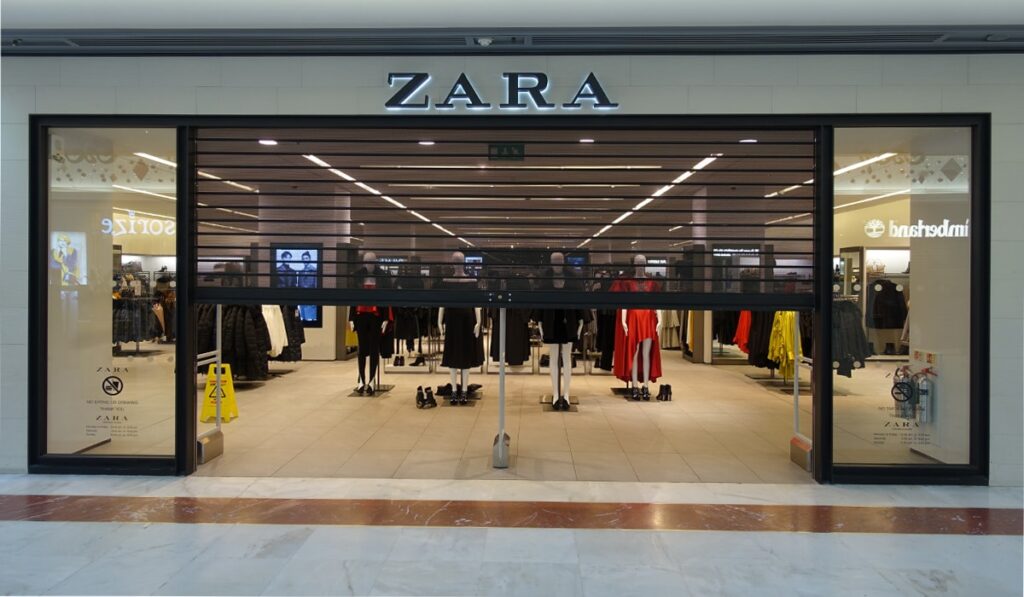
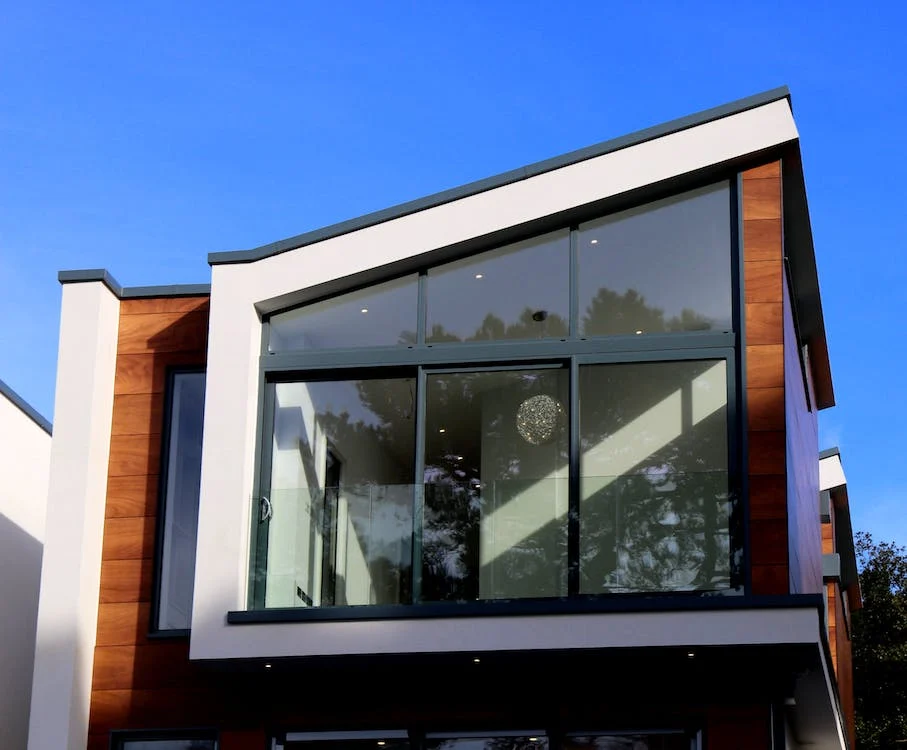
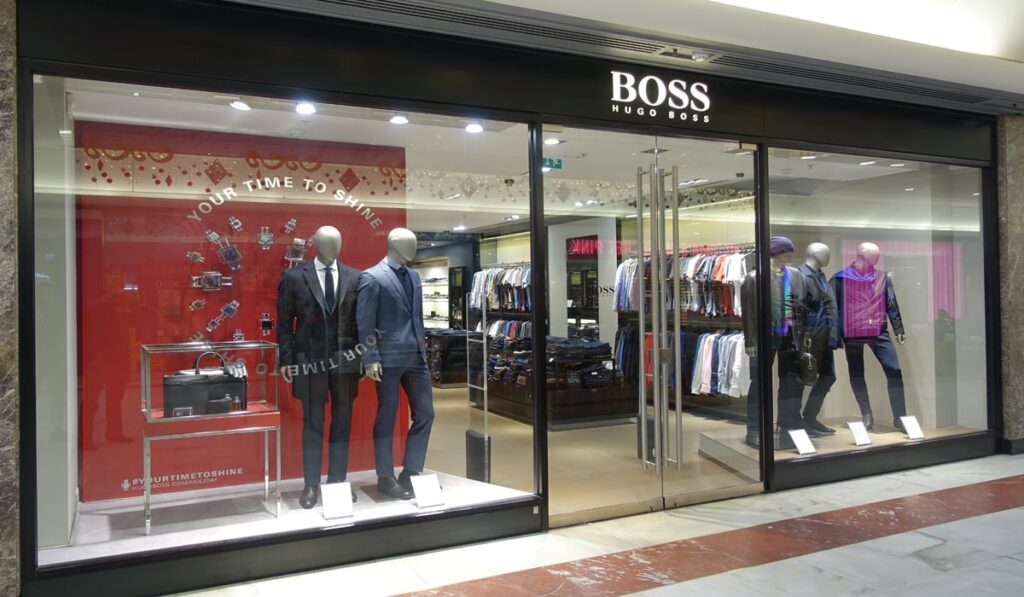
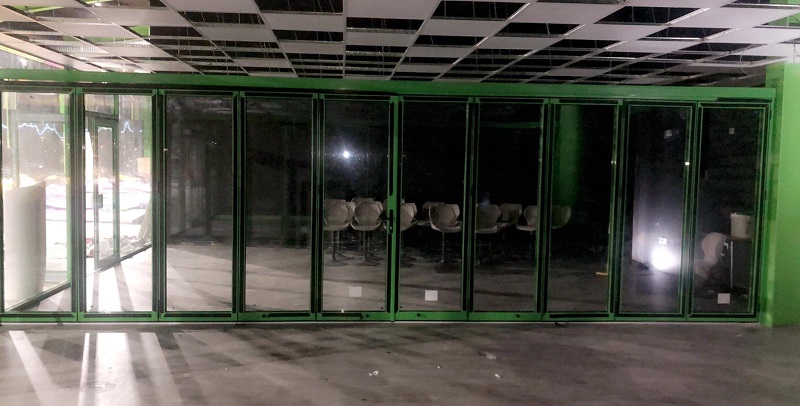
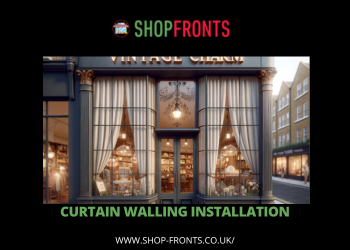
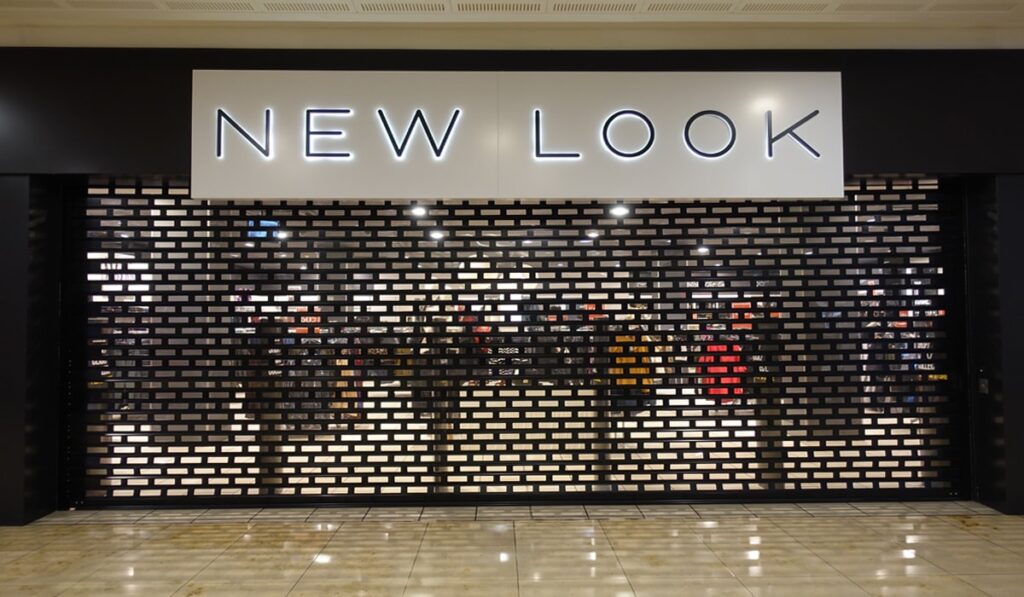

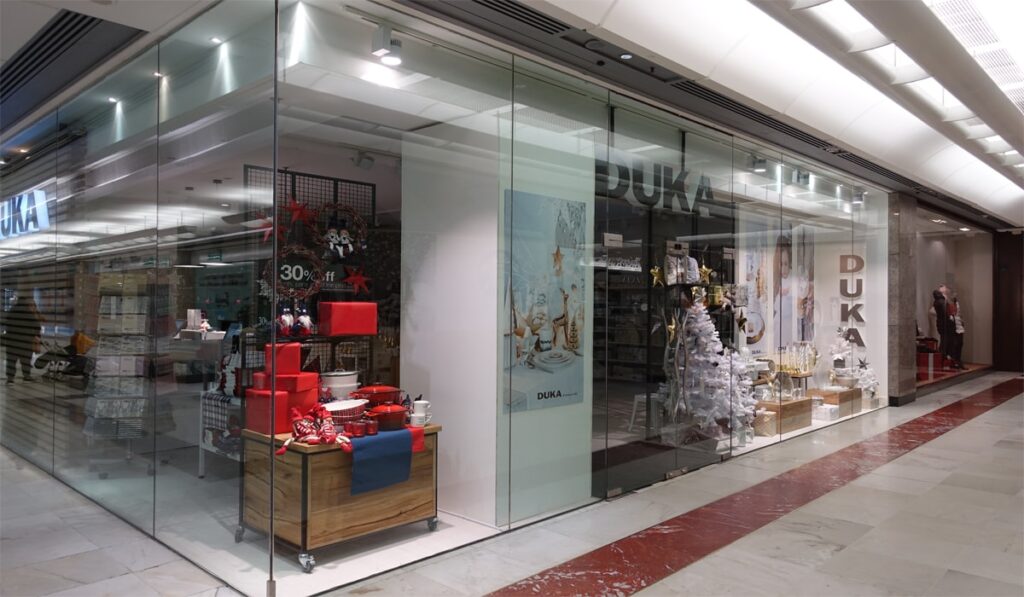
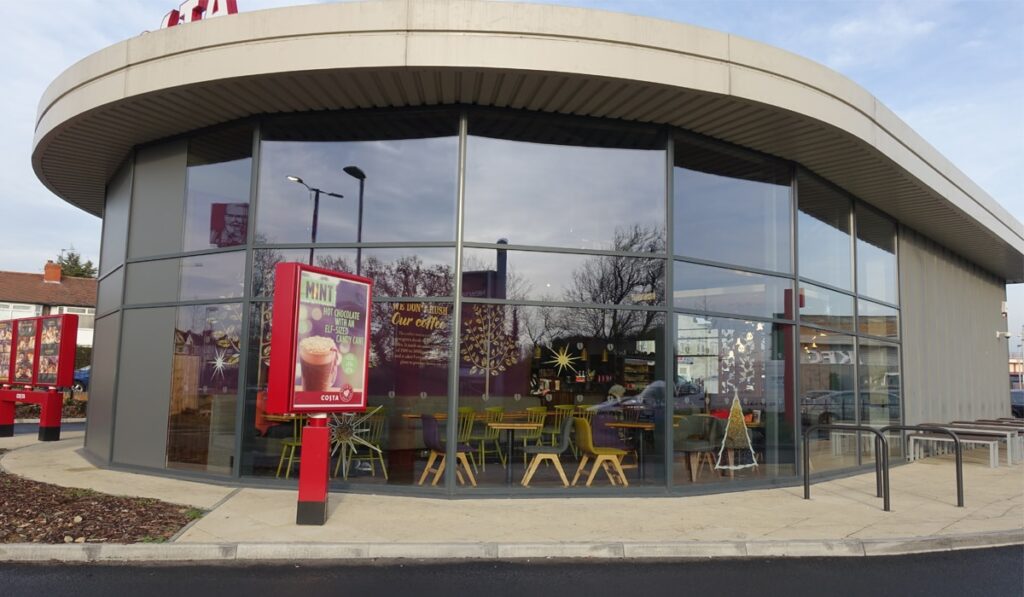

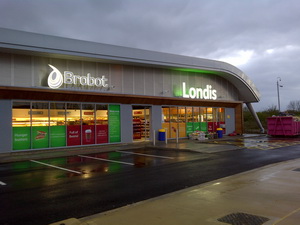
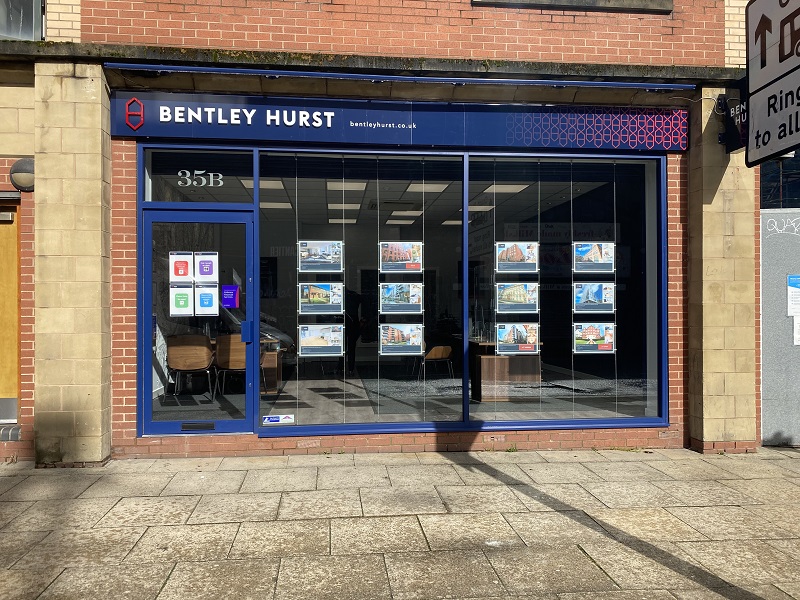

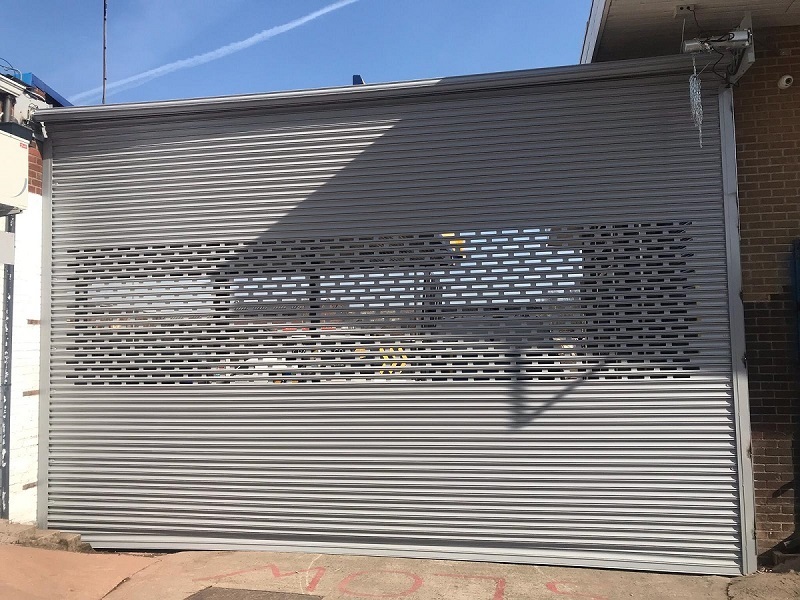
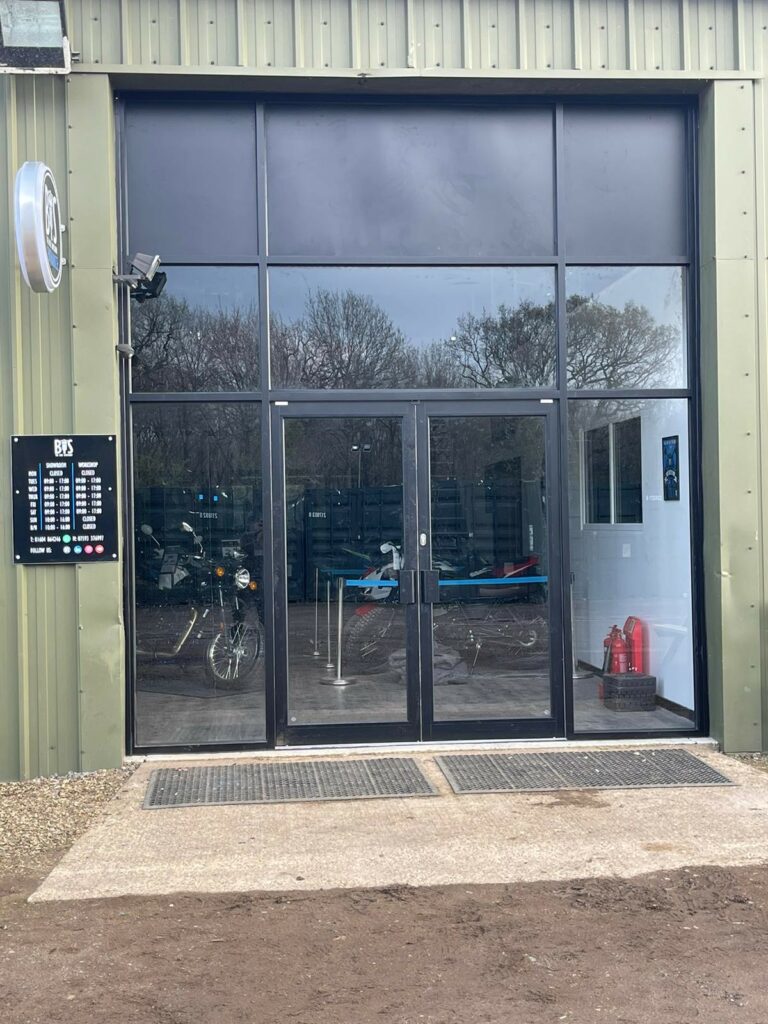





We Aim To Reply To All Enquiries With-in 24-Hours